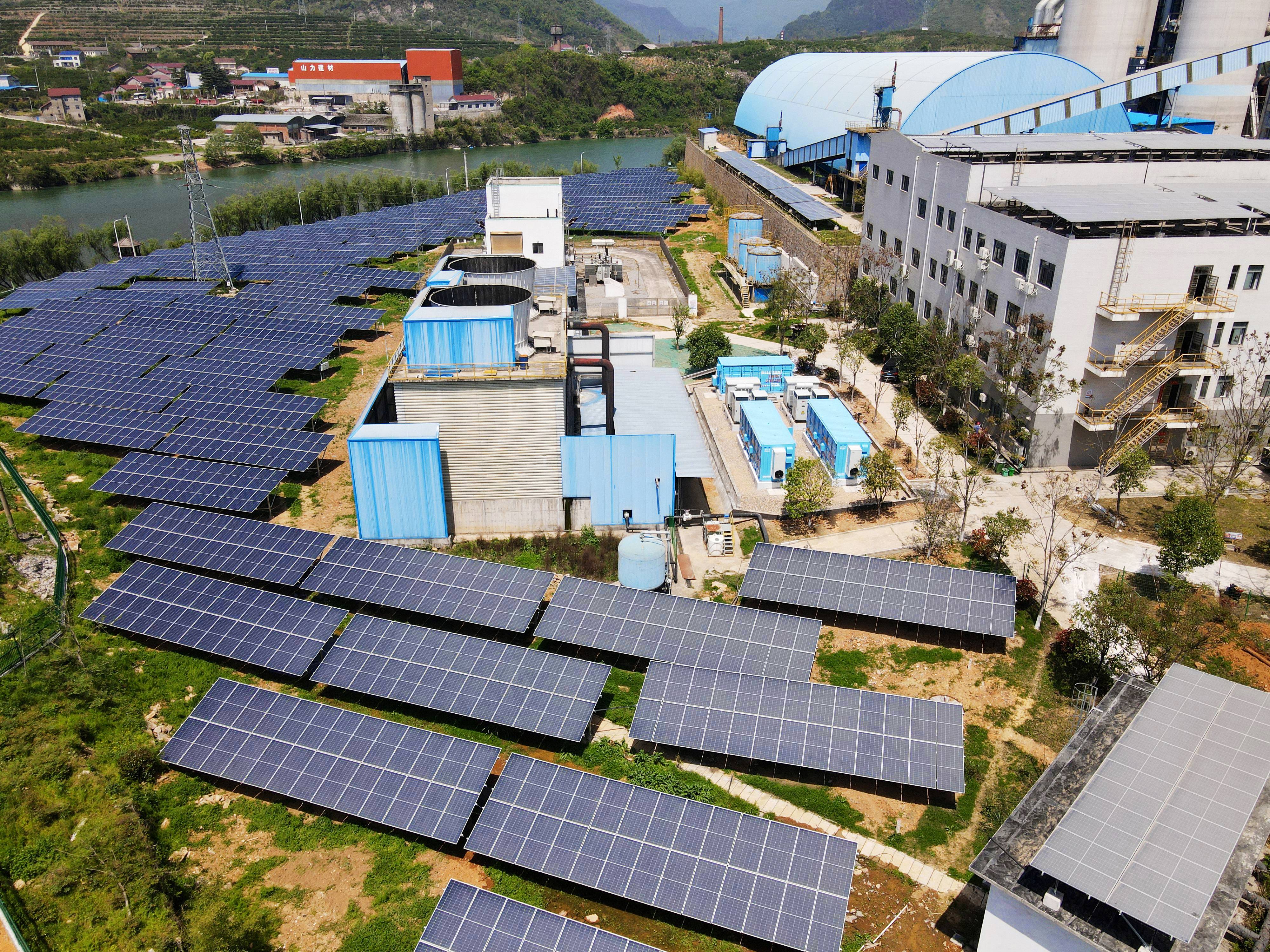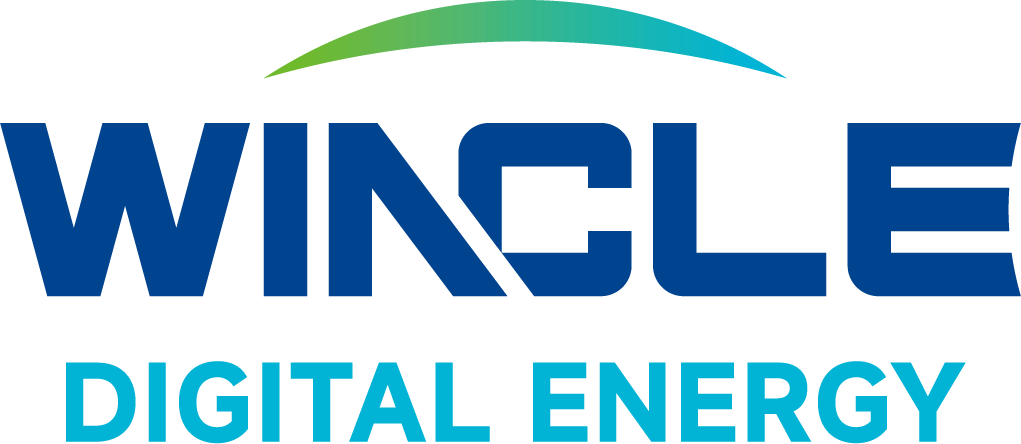Unlocking the Future of Energy: The Synergy of PV Panels and Battery Storage
Release time:
2025-03-07
Source:
As the world pivots toward sustainable energy solutions, understanding the interplay between **photovoltaic (PV) panels** and **battery storage systems** becomes paramount. These technologies are not merely complementary; they are essential for maximizing energy efficiency and reliability in the transition to renewable energy sources. This article delves into the functioning of PV panels and battery storage, exploring how their integration can unlock a more sustainable future.

Understanding Photovoltaic (PV) Panels
PV panels, commonly known as solar panels, convert sunlight into electricity through the photovoltaic effect. They primarily consist of silicon solar cells that absorb sunlight and release electrons, generating a flow of electricity.
The Composition of PV Panels
PV panels are made up of several components:
- Solar Cells: The heart of the panel, usually made from silicon, that converts sunlight into electrical energy.
- Glass Cover: Protects the solar cells while allowing sunlight to pass through.
- Backsheet: The protective layer on the rear side of the panel that prevents moisture intrusion.
- Frame: Typically made from aluminum, it provides structure and durability.
Types of PV Panels
There are three main types of PV panels:
- Monocrystalline: Known for high efficiency and longevity.
- Polycrystalline: Slightly less efficient but more cost-effective.
- Thin-Film: Flexible and lightweight, suitable for specific applications.
How PV Panels Work: The Science Behind Solar Energy
The operation of PV panels is rooted in physics. When sunlight strikes the solar cells, it excites electrons, allowing them to flow freely. This flow generates direct current (DC) electricity.
The Conversion Process
1. **Sunlight Absorption:** Solar cells absorb photons from sunlight.
2. **Electron Excitation:** The absorbed energy excites electrons, creating electron-hole pairs.
3. **Electric Flow Generation:** The movement of electrons produces DC electricity.
4. **Inversion to AC:** An inverter converts the DC electricity into alternating current (AC), which is usable in homes and businesses.
Efficiency Factors in PV Panels
The efficiency of PV panels can be influenced by factors such as:
- **Temperature:** Higher temperatures can reduce efficiency.
- **Shade:** Partial shading can significantly decrease performance.
- **Orientation and Tilt:** The angle and direction of installation affect sunlight exposure.
The Role of Battery Storage in Renewable Energy
Battery storage systems play a crucial role in harnessing and optimizing the use of electricity generated by PV panels. These systems store excess energy produced during sunlight hours for later use, which is particularly important for addressing the intermittent nature of solar energy.
Types of Battery Storage Technologies
1. **Lithium-Ion Batteries:** Commonly used for their high energy density and efficiency.
2. **Lead-Acid Batteries:** A traditional option that is cost-effective but heavier and less efficient.
3. **Flow Batteries:** Ideal for larger-scale applications, offering long-duration storage capabilities.
How Battery Storage Works
Battery storage systems typically operate by:
- **Charging:** During peak sunlight hours, excess electricity is stored in the battery.
- **Discharging:** When solar generation is low or demand is high, stored energy is released to provide power.
Benefits of Combining PV Panels and Battery Storage Systems
Integrating PV panels with battery storage unlocks a multitude of benefits for consumers and the broader energy grid.
Enhanced Energy Independence
By combining solar panels with battery storage, homeowners can reduce their reliance on the grid, utilizing clean energy generated on-site. This independence can lead to substantial cost savings on energy bills.
Improved Grid Stability
Battery storage helps stabilize the grid by storing excess energy during low demand and discharging it during peak demand times, ensuring a more reliable energy supply.
Environmental Impact
Utilizing renewable energy sources like solar power reduces greenhouse gas emissions. When combined with battery storage, the transition to clean energy is accelerated, contributing to a sustainable future.
Financial Incentives
Many governments offer incentives for installing solar systems and battery storage, including rebates, tax credits, and grants, making the initial investment more accessible.
Challenges in Integrating PV Panels with Battery Storage
Despite the myriad benefits, several challenges exist in integrating PV panels and battery storage systems effectively.
Initial Costs
The upfront cost of solar panels and battery storage can be prohibitive for some consumers. However, financing options and government incentives can help mitigate these costs.
Space Limitations
Not all homes have the necessary roof space or land for solar panels and battery systems. Innovative solutions, such as solar shingles and compact battery systems, are emerging to address this issue.
Technological Advancements
As technology evolves, the efficiency, capacity, and cost of batteries continue to improve. Keeping abreast of these advancements is crucial for consumers looking to invest in these systems.
The Future of Energy Storage: Innovations on the Horizon
The future of energy storage and PV systems looks promising, with several exciting innovations on the horizon.
Smart Grid Integration
The development of smart grids will allow for better management of energy consumption and distribution, optimizing the operation of PV panels and battery storage systems.
Emerging Storage Technologies
Technologies such as solid-state batteries and hydrogen storage hold the potential to revolutionize energy storage, offering higher capacities and longer lifespans.
Community Solar Projects
Community solar initiatives are gaining traction, enabling shared access to solar energy and battery storage for those who cannot install systems on their properties.
Conclusion
The integration of **PV panels and battery storage systems** represents a significant step toward a sustainable energy future. By harnessing the power of solar energy and optimizing its use through storage, we can achieve greater energy independence, reduce environmental impact, and enhance grid stability. As technology progresses and costs decrease, the synergy between these two technologies will continue to evolve, paving the way for a greener and more resilient energy landscape.
Frequently Asked Questions
1. What are PV panels?
PV panels, or solar panels, are devices that convert sunlight into electricity through the photovoltaic effect.
2. How do battery storage systems work?
Battery storage systems store excess energy generated from PV panels during sunny periods for use during times when solar generation is low.
3. What are the benefits of combining PV panels and battery storage?
Combining these technologies enhances energy independence, improves grid stability, reduces environmental impact, and may provide financial incentives.
4. What types of batteries are best for solar storage?
Lithium-ion batteries are commonly considered the best option due to their efficiency and energy density, although lead-acid and flow batteries also have their advantages.
5. Are there financing options available for solar installations?
Yes, many governments provide rebates, tax credits, and grants to help offset the initial costs of installing solar panels and battery storage systems.
pv panels and battery storage
latest news












